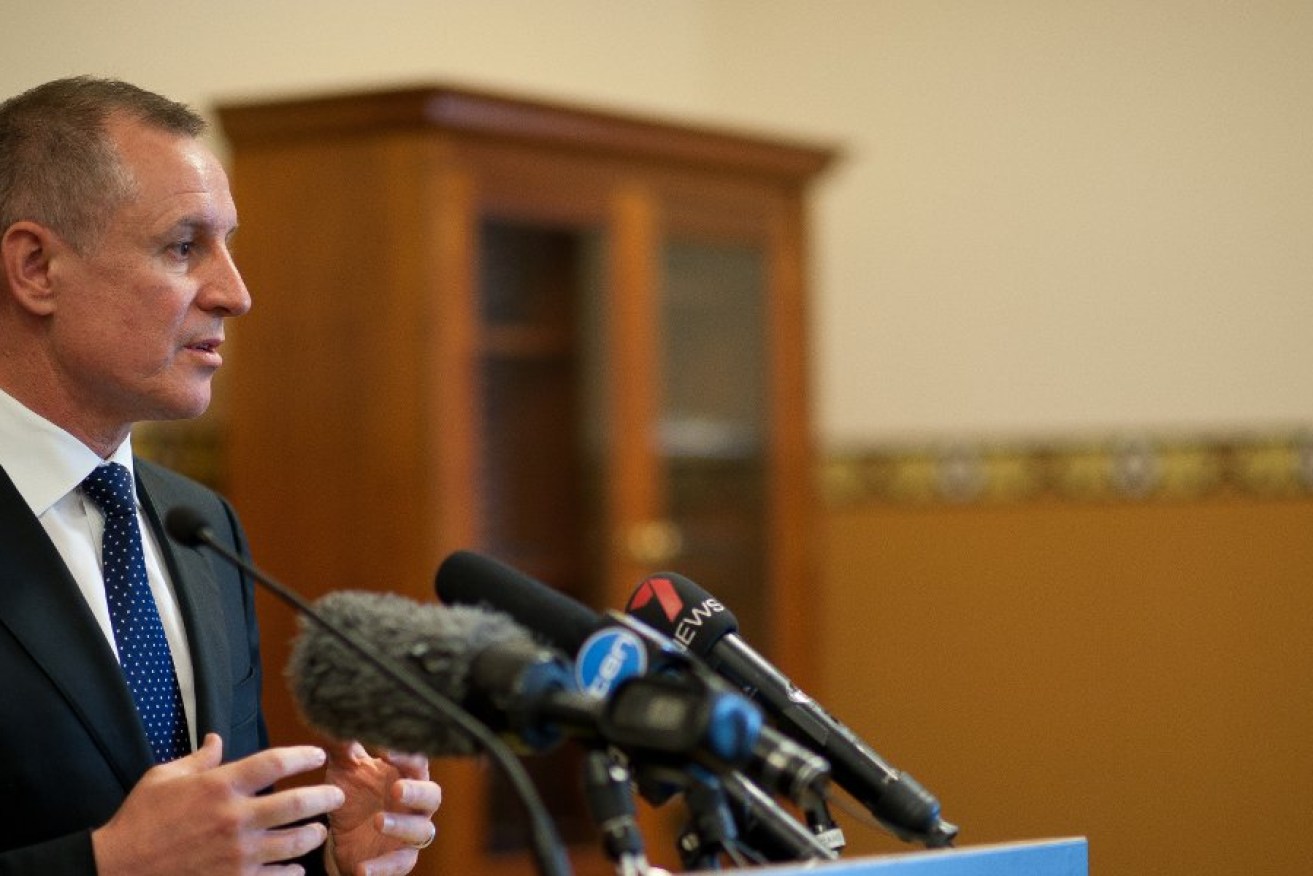Housing grants and concessions are still on the State Government’s agenda, Premier Jay Weatherill says.
With the $8500 Housing Construction Grant expiring on December 31, the residential construction industry had been concerned the sector’s signs of revival in late 2013 would also fade.
In a wide-ranging economic discussion with InDaily, Premier and Treasurer Weatherill indicated he is still considering a replacement stimulus for the struggling sector and revealed he became seriously concerned mid-2013 that Holden might go.
“We’re still keen to think of measures to stimulate the home construction sector … this is one of the levers we have,” Weatherill said.
“There was some success from that initiative, but there is a limited utility to those sorts of initiatives that pull activity forward.
“There’s a danger that if you keep them beyond a certain time, or if they’re extended, they can defer activity.
“But we are looking at other measures.”
In his assessment of the State’s economic performance under his and the Rann Labor Governments, Weatherill would not accept that South Australia lagged behind the rest of the nation.
While he accepted SA trailed national trends on almost every economic measure, he put these down to the state’s relatively small population growth.
“Some states have had strong growth based on population increases.
“If you look at it on a per capita basis, we performed well since 2002.
“During the period, our per capita growth rate exceeded the national average.
“It was strong and still is.
“If you look at per capita growth terms, we’ve had good growth.”
InDaily asked Weatherill how he had coped with the substantial declines in revenue in the last two years, the loss of the Triple-A credit rating and the economic shocks of the axed BHP Olympic Dam expansion and Holden’s planned exit from manufacturing in 2017.
“Its a pretty significant period and a lot of international factors have impacted on SA in that period.
“Those basic influences are still there … the GST receipts and the property transaction receipts were the two that were most impacted by the Global Financial Crisis.
“Those have been the elements of the economy most affected and the two we most rely on.”
Weatherill said revenue had fallen to the lowest level as a proporation of the economy since 2002, giving him a stark choice.
“You’re faced with two options; you chase down your revenue with spending cuts or you dramatically increase other sources of revenue (taxation).
“We’ve chosen to do neither.
“We’re comfortable carrying the consequent level of debt.
“The AAA credit rating went as a result of that choice. ”
Reflecting on the State Government’s spruiking of an Olympic Dam-led economic transformation, the Premier said there was little else they could do.
“While we may in retrospect have over-spruiked, we were at the time moderate.
“I mean how do you describe the world’s largest open cut mine other than the world’s largest open cut mine? We were entitled to talk about it in those terms.”
When it came to the car industry’s slow decline in South Australia and how the State Government might have planned better for what now appears to have been the inevitable, the Premier revealed that serious contingency planning for life without Holden began much earlier than previously known – before the September Federal Election.
In March 2012 Holden and State and Federal Governments announced a $275 million “co-investment” package that would guarantee the car maker’s presence as a manufacturer until at least 2022.
In July 2013, The Australian revealed that Holden had been knocking on government doors looking for more money – $265 million more, almost double the money promised in the 2012 deal.
The car maker had also laid off 400 workers at Elizabeth.
“We at some level have been planning for some time for the decline in the industry; we started planning in earnest when it was became clear Holden had re-approached government for a further co-investment.
“Holden said the business cases (of 2012) didn’t stack up.”
Weatherill remains confident, however, the State economy can diversify to cope with the loss of Holden.
“Over the last 12 years we’ve rebuilt our defence efforts to now account for 25 per cent of the national spend.
“We’ve got a stellar pool of lobbyists in Defence SA that will keep that going.
“There’s the push into renewables; 30 per cent of SA’s economy is run by renewable energy, wind and solar and we’re second only to Denmark.
“The renewables sector didn’t exist pre-2002.
“And there’s also the growth we’ve had in overseas students; we went from 4.5 per cent to 6 per cent of the national pie.
“It’s completely transformed the way the city operates and is a massive economic driver.”
Weatherill is confident the local economy is strong enough to adjust to the recent shocks.
Whether he’s as confident as the day he took over the Premier’s job in October 2011, he’s not letting on.
In his first economic statement = the Mid Year Budget Review of December 2011 – the forecast operating balance for 2013-14 was out by $607 million, net lending out by $500 million, net debt was $2.4 billion short of the mark and debt to revenue ratios out by half.
It’s now up to the Premier to convince voters he can turn it around.





